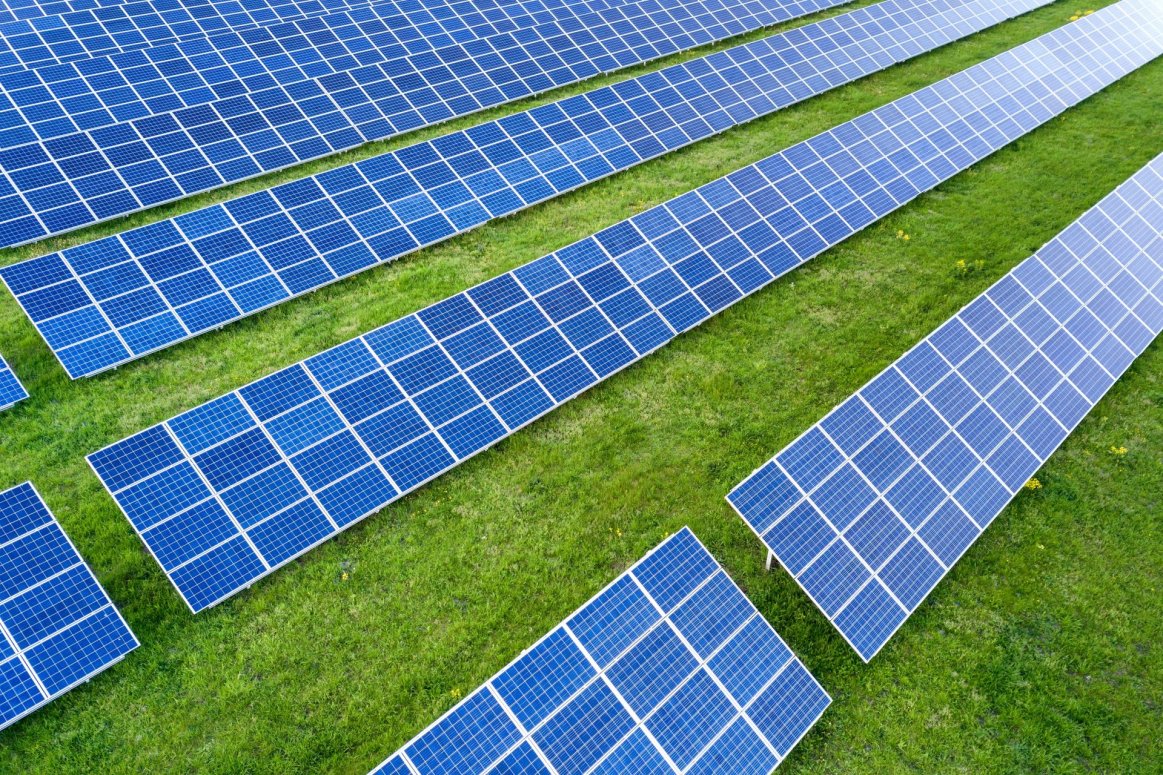
As many know, solar is the fastest-growing energy sustainability solution in the U.S. (Coal, Energy, and Renewables eia). The Rural Energy for America Program (REAP), administered by the U.S. Department of Agriculture (USDA), enhances the benefits of solar and other energy efficiency efforts by providing grant funds and financing solutions directly to agricultural producers and rural businesses. Now offering to cover up to 50% of a solar system after installation, REAP has skyrocketed in popularity, making the application process more competitive than ever (USDA REAP). Nonetheless, resources and strategies are available to strengthen applications for grant approval. This article will explain the details and benefits of installing solar through the REAP grant.
Why get solar through REAP?
Since 2016, electricity rates in the commercial sector have exclusively increased at an average of 3.17% annually for a total of 28.35% increase over the 8 years (STEO eia). Installing solar panels is an effective solution to secure energy cost certainty with the added benefit of improved resiliency and –with batteries– the promise of energy independence. Bolstered by funding from the Inflation Reduction Act (IRA), the REAP grant has been allotted over $2 billion to distribute to qualifying businesses and agricultural producers through 2031. This marks the nation's largest investment in history toward the development of a sustainable energy economy (Rural Development USDA). With funds for REAP’s 50% rebate still available in most states, there is no better time to go solar.
The typical payback period for a commercial solar system is five to eight years, even factoring in federal and state solar incentives. In comparison, the USDA approved a business in Willowbrook, Kansas for the REAP grant to install a $100,000 solar system. With the grant combined with federal solar incentives, this business was only responsible for covering about $20,000 of a solar project with a return on investment of about 89% in the first year.
It is important to note that grant recipients will only receive funds after the project is fully installed. However, there are financing options, like REAP bridge loans to help front the solar project costs before grant recipients receive funds. Businesses and agricultural producers that receive the grant may still take advantage of federal Investment Tax Credit (ITC) bonuses as well as tax breaks to further reduce project costs. Some recipients may be able to cover as much as 80% of the total system cost by combining grants, loan funding, and other incentives.
Who can apply for the REAP grant?
REAP offers grant funding to rural small to midsize commercial customers and agricultural producers. "Rural" –as defined by the USDA– can more accurately be described as any non-metropolitan area with less than 50,000 residents. Additionally "Small Businesses" by the SBA size standards could be as large as 1500 employees or up to 47 million dollars in average annual revenue. Businesses interested in the grant must be located in eligible rural areas and meet the Small Business Administration (SBA) size standards by 13 CFR 121.
How Can Greentech Renewables Help?
As the leading solar equipment distribution company in the U.S., Greentech Renewables goes beyond supply by connecting business owners interested in the REAP grant to our vast network of trusted local installers. Our installers work closely with one of our 100+ locations to guide you through each stage of the project from working with a grant writer and creating project designs to acquiring materials and installing the solar system. Fill out our interest form to get started!
Comments
The reality is the usda is now 8 months out for just looking at current applications and over a year before they will approve an application to move forward. I was told this by our local usda grant writer
Thank you for your comment. Unfortunately, that is correct. Worse yet USDA is now not reviewing new applications until at the earliest Summer of 2025.